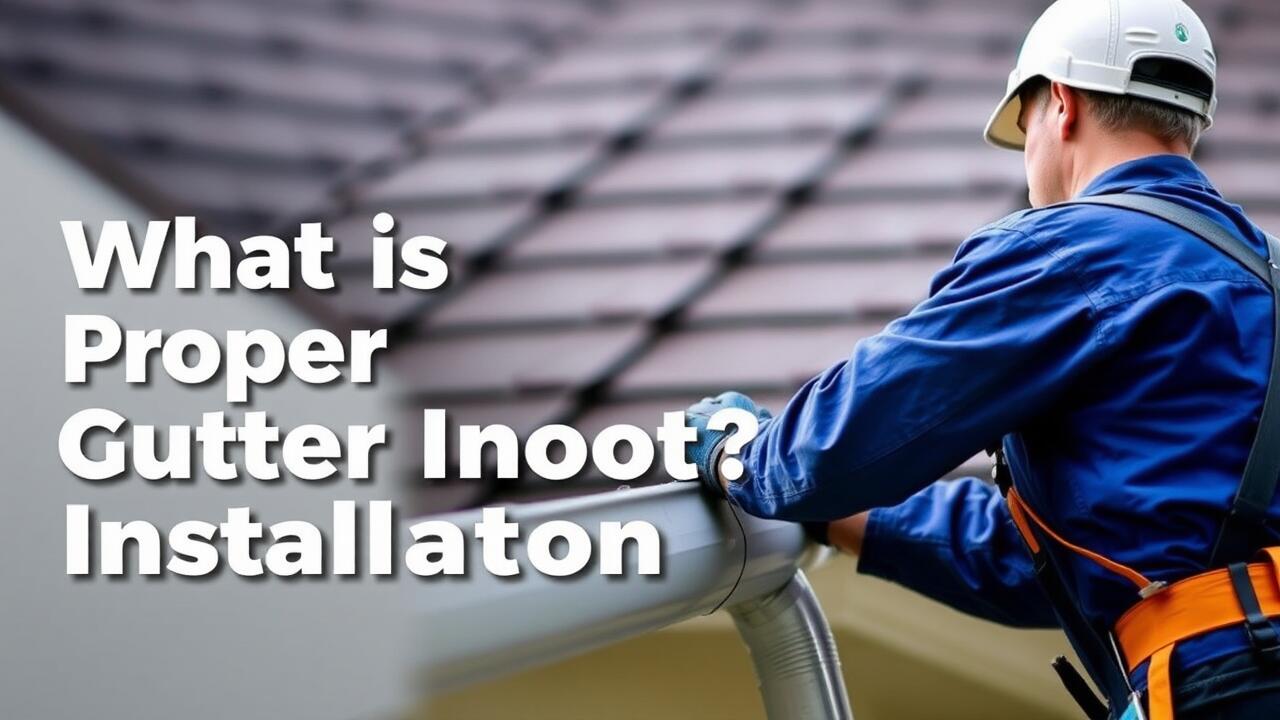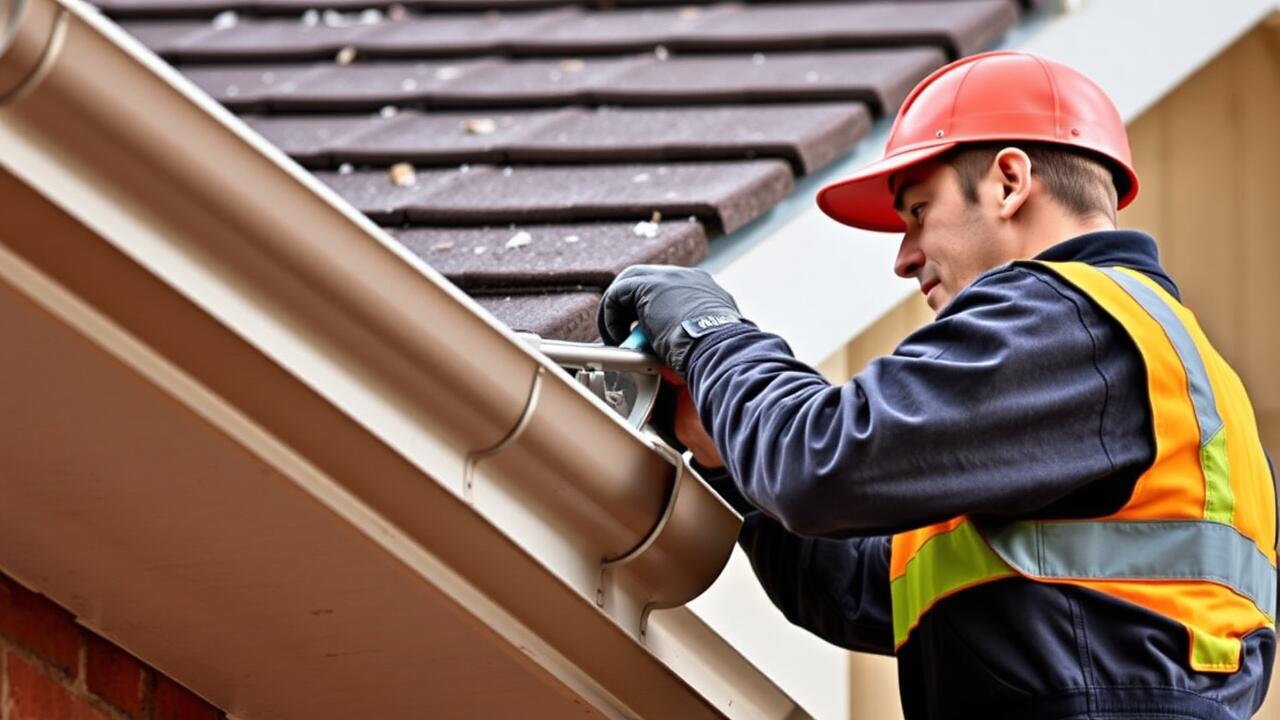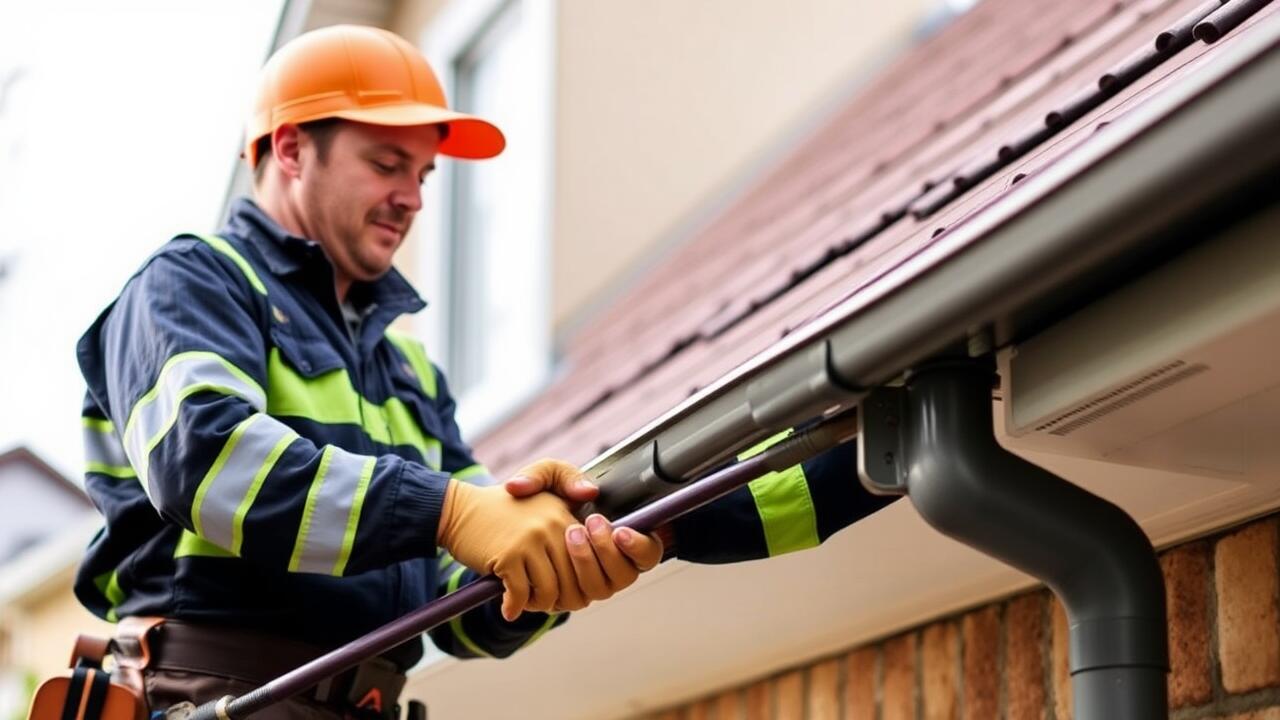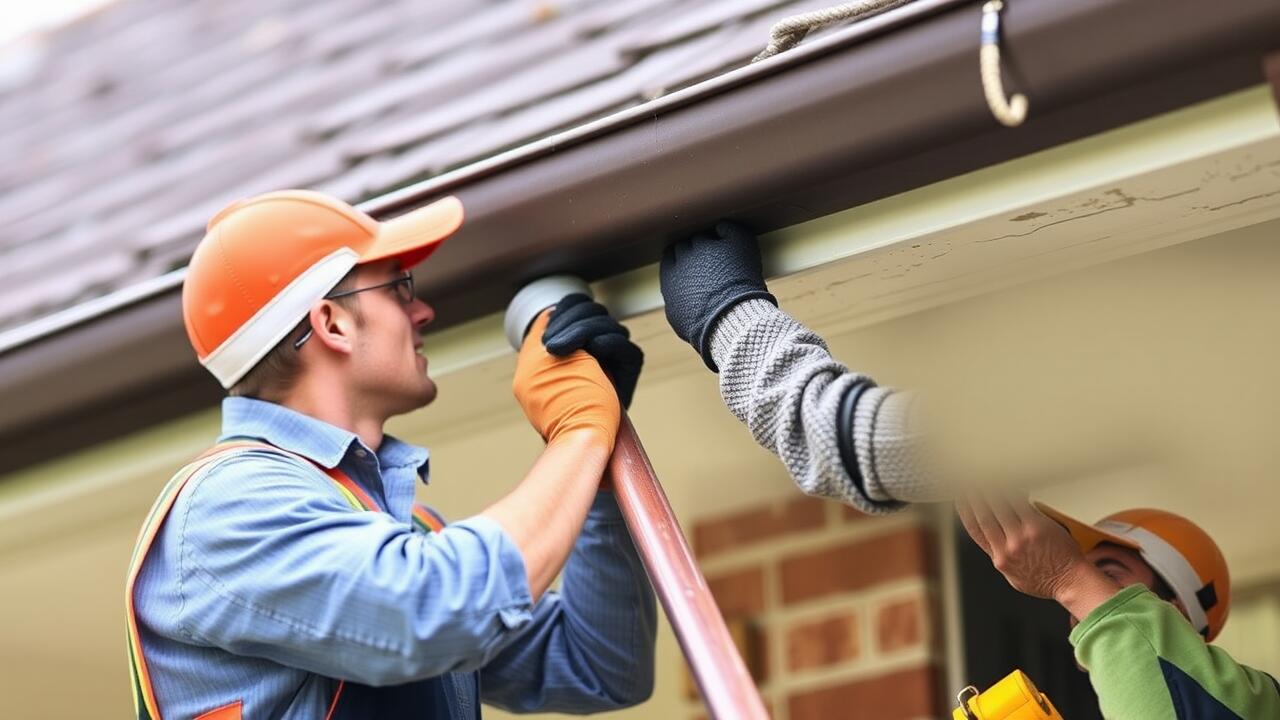
Attaching Gutters to Your Home
Proper gutter installation begins with selecting the right mounting brackets. These brackets should be sturdy enough to support the weight of the gutters, especially during heavy rain or snow. The spacing of the brackets is essential; they should be installed approximately every two feet. Be sure to align the brackets with the slope of the roof to ensure effective water drainage. When installing the brackets, use a level to confirm the alignment, preventing potential issues later.
When attaching the gutters, it is vital to use high-quality materials that can withstand various weather conditions. Secure the gutters to the brackets with screws rather than nails for better durability. If you are looking for expert assistance, consider professionals in Queen Anne, Seattle Gutter Installation, who can ensure proper fitting and alignment. This attention to detail helps prevent problems like sagging or warping over time. Properly installed gutters not only enhance a home’s appearance but also protect it from water damage.
Techniques for Secure Mounting
Properly securing gutters to your home is crucial for ensuring their durability and functionality. Start by selecting the right mounting brackets, which should be strong enough to withstand the weight of water and debris. Position the brackets at appropriate intervals, generally every two feet, to provide adequate support. Your installation should also account for any necessary slope to aid in adequate drainage. Ballard, Seattle gutter installation often showcases effective methods in mounting techniques, providing local insights on achieving optimal alignment.
Another key technique involves using quality fasteners. Stainless steel or galvanized screws are preferred for their resistance to rust and corrosion, enhancing the longevity of your gutters. Before installation, it’s beneficial to pre-drill holes in the fascia board to avoid splitting the wood. Ensure that the gutter hangs at a slight angle towards the downspout. This slight pitch encourages water flow without compromising the system's structural integrity. Observing these best practices can ultimately lead to a trouble-free gutter system that stands the test of time.
Sealing and Caulking Gutters
Sealing and caulking gutters is essential for preventing leaks that can damage both your property and landscaping. Properly executed sealing involves using specialized gutter sealants that can withstand the elements. Ensuring all joints, corners, and seams are adequately sealed minimizes the risk of water escaping where it shouldn't. Regular inspections help identify areas that may require attention, particularly after heavy rain.
For those living in areas like Queen Anne, Seattle Gutter Installation should prioritize high-quality materials and techniques. Caulking provides an extra layer of protection, especially in regions that experience frequent rainfall. This not only protects the gutters themselves but also the home's foundation and siding, contributing to overall structural integrity. Implementing these practices ensures a long-lasting and effective drainage system.
Preventing Leaks and Maintaining Integrity
To prevent leaks and maintain the integrity of your gutters, proper sealing techniques play a vital role. Begin by using high-quality caulk or sealant specifically designed for outdoor use. Apply the sealant along the seams and joints of the gutter system. This not only fills potential gaps but also ensures that water flows smoothly through the channels. Regular inspections after heavy rain or snow can help identify any visible issues early, allowing for timely repairs.
In Queen Anne, Seattle gutter installation, attention to detail is crucial. Ensuring that all joints are securely fastened and properly aligned minimizes the risk of leaks. Additionally, maintaining a slight slope in the gutters directs water toward the downspouts, reducing the chance of pooling. Periodic cleaning and clearing of debris from gutters will also help in preventing blockages that could lead to overflowing. Taking these preventive measures will contribute significantly to the long-lasting performance of your gutter system.
Downspout Installation Best Practices
When installing downspouts, it's crucial to position them strategically to direct water away from the home's foundation. Place downspouts at least three to four feet away from the base of the house. This distance helps prevent water pooling around the foundation, which can lead to structural damage over time. Ensuring that downspouts are securely attached also minimizes the risk of disconnection during heavy rainstorms.
Additionally, the use of extensions or splash blocks can further assist in managing water flow. These tools redirect rainwater away from the foundation effectively. For residents in areas like Queen Anne, Seattle, gutter installation should consider local weather patterns to ensure optimal performance. Properly executed downspout installation not only enhances the gutter system but also protects the property from potential water damage.
Directing Water Away from Foundations
Proper downspout placement is crucial for ensuring that water drains away effectively from a home's foundation. Downspouts should be positioned to direct water at least five to ten feet away from the building. This distance helps prevent pooling around the foundation, which can lead to moisture problems and structural damage over time. A well-placed downspout eliminates the risk of erosion and keeps the landscape intact.
In Queen Anne, Seattle gutter installation, using extensions on downspouts can further aid in managing water flow. Flexible extensions allow homeowners to adjust the direction of runoff, ensuring that water is channeled to a safe distance. It’s also beneficial to incorporate splash blocks or rock beds at the base of downspouts, as these features help disperse water evenly, minimizing the risk of localized flooding around the home’s perimeter.
FAQS
What materials are commonly used for gutters?
Common materials for gutters include aluminum, vinyl, steel, and copper. Each material has its benefits and drawbacks in terms of durability, cost, and aesthetics.
How do I know if my gutters need to be replaced?
Signs that your gutters may need replacement include sagging or pulling away from the house, rust or corrosion, cracks or splits, and visible water damage around your home’s foundation.
What is the best way to prevent gutter leaks?
To prevent gutter leaks, ensure proper sealing and caulking at seams and corners, use high-quality materials, and regularly clean your gutters to avoid debris buildup that can cause overflow.
How do I determine the correct slope for my gutters?
Gutters should have a slight slope, typically about 1/4 inch for every 10 feet of gutter run, directing water towards the downspouts to ensure efficient drainage.
Is professional installation necessary for gutters, or can I do it myself?
While DIY installation is possible if you have the right tools and skills, professional installation is recommended for optimal results, especially for complex configurations or if safety is a concern.



